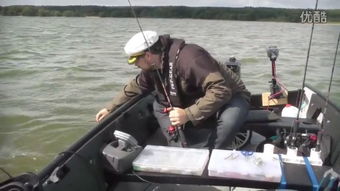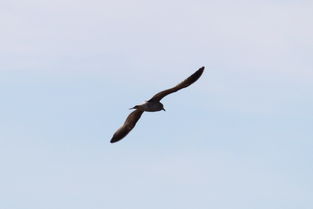Introduction:
Winter can be a challenging time for anglers, especially when it comes to catching bass. However, the crisp air and serene water can offer some of the most rewarding fishing experiences. For those looking to introduce their young anglers to the sport, understanding how to fish effectively during the colder months is crucial. In this article, we'll delve into the best techniques for winter bass fishing and how to guide your budding angler through the process.
Understanding Winter Bass Behavior:
Before diving into the tactics, it's essential to understand how bass behave during the winter. Bass become less active and more lethargic as water temperatures drop. They tend to seek out warmer, more oxygenated waters, often near structures or deeper holes. Here are some key points to keep in mind:
- Water Temperature: Bass typically remain active in water temperatures between 50°F and 65°F (10°C to 18°C). They become more inactive below 50°F (10°C).
- Structure: Look for areas with natural or man-made structures like logs, rocks, and weeds, as these provide cover and warmth.
- Depth: In colder water, bass often move to deeper waters, so targeting deeper holes can be more effective.
Equipment and Gear:
The right equipment can make a significant difference in winter bass fishing. Here's what you'll need:
- Rod and Reel: A medium-heavy to heavy-action rod paired with a high-quality reel is ideal for handling the heavier line and lures you'll be using.
- Line: Monofilament or fluorocarbon line in the 10-15-pound test range is sufficient for winter bass fishing.
- Lures: Jigs, crankbaits, and spinnerbaits are top choices for winter bass. They mimic natural prey and can be fished effectively in cold water.
Winter Bass Fishing Techniques:

Jigging: This technique involves slowly retrieving a jig through the water column. The erratic movement of the jig can trigger strikes from inactive bass. To guide your young angler, teach them to feel the jig for subtle taps and react quickly.
Crankbait Fishing: Crankbaits can be effective for covering water and finding active bass. Teach your angler to cast the bait into likely areas and retrieve it with a steady, yet slightly erratic, motion.
Spinnerbait Techniques: Spinnerbaits can be deadly in winter, especially when bass are looking for easy meals. Instruct your angler to cast the spinnerbait into likely spots and vary the retrieve speed to mimic struggling prey.
Safety and Comfort:
Fishing in winter requires extra precautions to ensure safety and comfort:
- Layered Clothing: Dress in layers to stay warm. Synthetic materials like polypropylene and wool are ideal for trapping body heat.
- Waders and Boots: Proper waders and boots will keep your angler's feet dry and warm, which is crucial in cold water.
- Protective Gear: Make sure your angler has a good pair of gloves and a hat to protect against frostbite.
Teaching Your Young Angler:
When teaching your young angler winter bass fishing techniques, consider the following tips:
- Patience: Winter fishing can be slow, so emphasize the importance of patience and the need to wait for the right moment to set the hook.
- Consistency: Encourage your angler to fish consistently and not to get discouraged by missed strikes.
- Encouragement: Positive reinforcement can go a long way in keeping your angler motivated and enjoying the experience.
Conclusion:
Winter bass fishing can be a challenging yet rewarding experience for both experienced anglers and young beginners. By understanding the behavior of bass during the colder months, choosing the right equipment, and employing effective techniques, you can help your young angler develop a passion for the sport. Remember to prioritize safety and comfort, and most importantly, have fun out on the water. With the right guidance, your young angler will be well on their way to becoming a skilled winter bass fisherman.












